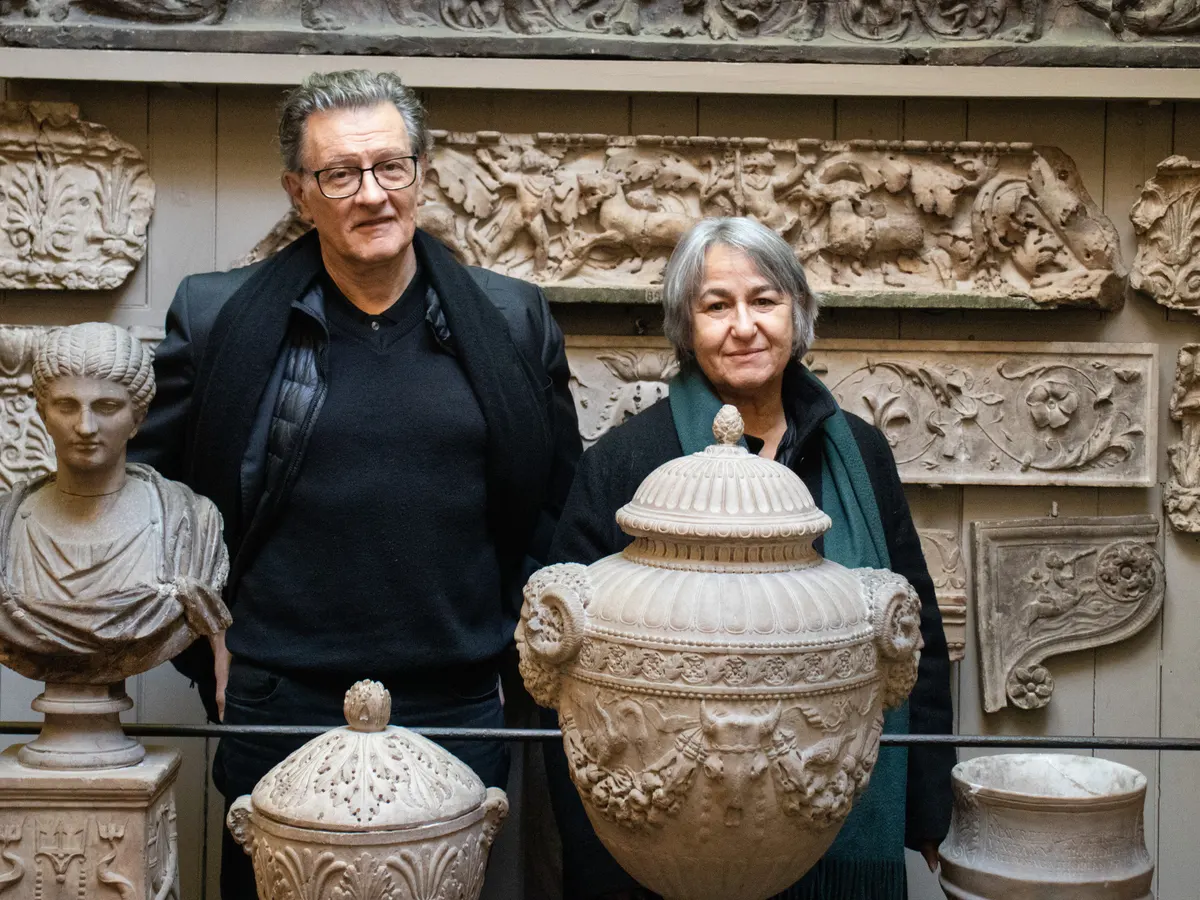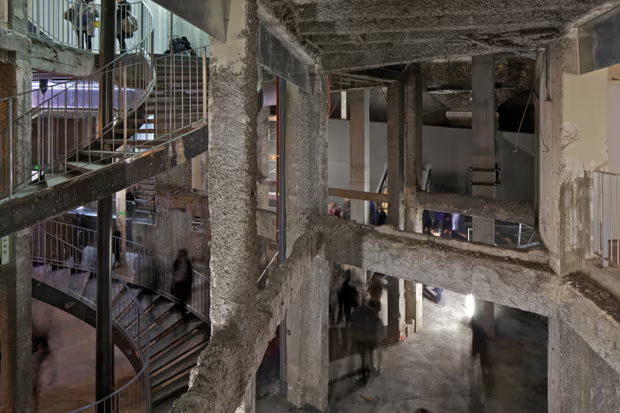Lacaton & Vassal's Architectural Philosophy Of Joy In Building Reuse
Known for their commitment to preserving existing structures, their work challenges the industry norm of constant demolition, aligning with the imperative need for Lacaton & Vassal's architectural philosophy of joy in building reuse as environmentally sustainable practices.
Author:George EvansDec 12, 20232.9K Shares368.4K Views

The French architects Anne Lacaton and Jean-Philippe Vassal, recipients of the prestigious 2023 Soane Medal, are redefining the architectural landscape.
Known for their commitment to preserving existing structures, their work challenges the industry norm of constant demolition, aligning with the imperative need for Lacaton & Vassal's architectural philosophy of joy in building reuseas environmentally sustainable practices.
Embracing Imperfections
Lacaton and Vassal's architectural philosophy embodies the principle of "first, don't demolish."
Their transformative projects include the renovation of social housing blocks and iconic art centers, such as the Cité du Grand Parc in Bordeaux and the Palais de Tokyo in Paris.
These endeavors reflect a holistic commitment to sustainability, blending adaptive reusewith innovative design.
The architects emphasize values like "generosity," "kindness," and, above all, "freedom" in their creations.
Seeking to break free from the constraints of conventional architectural norms, they strive to create spaces that transcend utility, allowing users the freedom to invent and define their experience within these unconventional spaces.
From Humble Beginnings To Global Recognition
Lacaton and Vassal's journey began with a straw house built in Niger, illustrating their acceptance of life's impermanence.
Their subsequent projects, including a family home in Bordeaux with a double-height conservatory, showcase a preference for humble and overlooked construction methods that prioritize space over material extravagance.
Central to Lacaton and Vassal's approach is the concept of "objet trouvé," incorporating existing elements like standard greenhouse designs, trees, or old buildings.
This philosophy liberates architects from the confines of authorship, allowing the environment to significantly contribute to the value of a space.
Reimagining Climate Relationships
Innovating in projects like the Cité du Grand Parc, the architects challenge the notion of insulation-centric design.
They advocate for a dynamic relationship with the climate, favoring solutions that empower residents to control their environment through adaptable features like winter gardens.
While sharing an admiration for spatial effects with fellow architects, Lacaton and Vassal stand out in their approach to control.
Instead of meticulously managing every detail, they embrace the imperfections that arise when residents occupy and personalize their spaces, fostering a diverse and dynamic living experience.
A Humane And Intelligent Legacy
Lacaton and Vassal's humane and intelligent approach to architecture provides a valuable blueprint for sustainable housing solutions.
As the world grapples with the challenge of creating eco-friendly homes, their emphasis on reuse and adaptability emerges as a beacon of inspiration.
Lacaton and Vassal remind us that true beauty lies in embracing imperfections and allowing spaces to develop with the distinctive stories of those who inhabit them in a world where perfection is frequently the norm.
Their legacy serves as a compelling testament to the transformative power of architectural liberation.
Final Words
The groundbreaking architectural philosophy of Anne Lacaton and Jean-Philippe Vassal, encapsulated by their recent receipt of the 2023 Soane Medal, challenges conventional norms and champions sustainability.
Their commitment to preserving existing structures, embracing imperfections, and fostering freedom within spaces provides a visionary roadmap for the future of architecture.
Lacaton and Vassal's legacy exemplifies the harmonious integration of humanity, sustainability, and innovation, encouraging a reevaluation of how we approach the design and use of spaces in our rapidly evolving world.

George Evans
Author
George Anderson, an exceptional architectural designer, envisions and brings to life structures that transcend the realm of imagination. With an unwavering passion for design and an innate eye for detail, George seamlessly blends form and function, creating immersive spaces that inspire awe.
Driven by a deep appreciation for the interplay of space, light, and materials, George's innovative approach redefines the possibilities of architectural design. His visionary compositions leave an indelible mark, evoking a sense of wonder and transforming the built environment.
George Anderson's transformative designs and unwavering dedication continue to shape the architectural landscape, pushing the boundaries of what is possible and inspiring generations to come.
Latest Articles
Popular Articles
